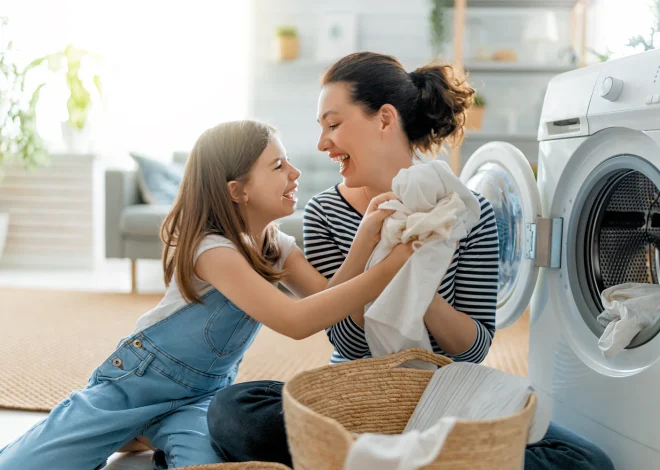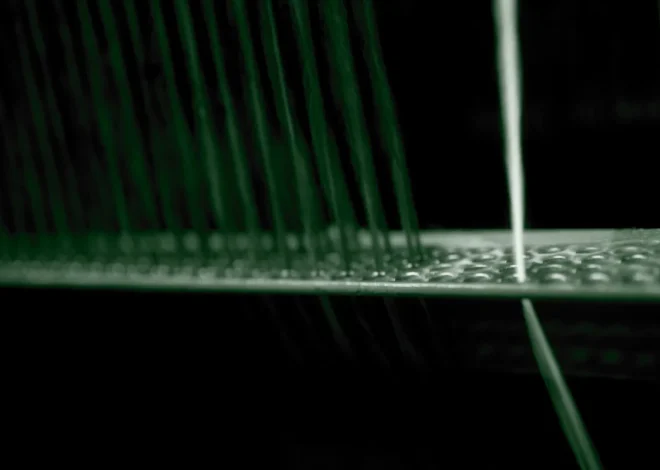How to Embrace a Low-Waste Lifestyle: Lessons from Zero Waste Challenge Participants

Each year, Hennepin County hosts a personalized, eight-month Zero Waste Challenge, where waste reduction and recycling experts collaborate closely with households. They analyze the waste generated at home, create tailored waste reduction strategies, and guide participants in adopting sustainable, low-waste habits. The results from these participants are consistently impressive.
On average, households cut down their waste by roughly 25% to 33%. By the challenge’s conclusion, they recycle or compost between 60% and 70% of their waste—significantly surpassing the county’s typical recycling rate of about 45%.
Cutting Emissions by Minimizing Waste
Manufacturing new products consumes substantial energy—from raw material extraction to processing, production, transportation, and sometimes usage. Globally, producing and shipping goods account for about 45% of emissions linked to material production.
This highlights the critical role of reducing waste and adopting mindful consumption habits.
Effective Strategies for Living a Low-Waste Life
Many people want to minimize waste, declutter, and improve recycling but are uncertain where to begin.
The Zero Waste Challenge helps participants deeply evaluate their purchases and waste, uncovering opportunities to recycle more and waste less.
Here are some impactful actions that participants have shared as game-changers in reducing their waste footprint.
Enhancing Recycling and Starting Composting
Most participating households incorporate some form of composting—whether through curbside pickup, drop-off centers, backyard composting, or a mix of these—to achieve high recycling rates. This approach makes sense since organic materials like food scraps, soiled paper, and compostable products make up about 25% of typical trash and can be effectively recycled into compost. Engaging in organics recycling offers the greatest potential for waste reduction.
Participants also learn to avoid “wish-cycling”—placing non-recyclables in recycling bins—and expand their recycling efforts by collecting plastic films or using county drop-off facilities for specific waste.
Replacing Disposables with Reusables
Disposable items have become synonymous with convenience in daily life. However, switching to durable, reusable alternatives conserves energy and resources, promotes higher-quality goods, and cuts down the volume of waste needing management.
Participating households have embraced numerous reusable options, such as:
- Personal care: reusable bathroom cups, cleaning cloths, cloth diapers, facial wipes, shaving razors, and menstrual products
- Kitchen: reusable napkins, coffee filters, and avoiding individually packaged snacks
- On the go: carrying reusable bags for groceries and produce, using a personal coffee mug at work, and bringing containers for takeout meals
Preventing Waste Before It Happens
Adopting a low-waste lifestyle often means planning ahead to avoid generating waste.
Participants have taken steps like opting out of junk mail (with tools such as the Hold the Mail brochure), reducing online purchases, making informed packaging choices at grocery stores, buying from bulk bins with reusable containers, and steering clear of single-serving snacks.
They’ve improved meal planning, increased cooking from scratch, designated an “eat first” section in their refrigerators, and utilized freezers to preserve food and reduce spoilage.
Acquiring New Skills and DIY Solutions
Many households have picked up new skills that help minimize waste, such as repurposing materials to build sidewalks, darning socks, repairing car transmissions, or fixing household furniture.
They also create homemade alternatives to packaged goods, including green cleaning products, beeswax wraps, yogurt, butter, and spice blends.
Sharing Knowledge to Expand Impact
Sharing waste reduction experiences with family, friends, and neighbors helps inspire and empower others to take similar steps.
Some participants become Community Recycling Ambassadors to promote sustainability on a wider scale, while others engage with community groups or local businesses to spark waste reduction conversations.
When asked for advice, many suggested simple starting points for anyone interested in reducing their waste footprint.
Join the Next Zero Waste Challenge
Previous participants describe the challenge as eye-opening and motivational, providing both knowledge and a push to take action.
Those who join commit to attending an introductory webinar, setting personal waste reduction targets, tracking progress, participating in workshops, meeting with county staff, and actively working to lower the waste their households generate.
If dedicating eight months isn’t feasible, Hennepin County offers several shorter online challenges throughout the year.













